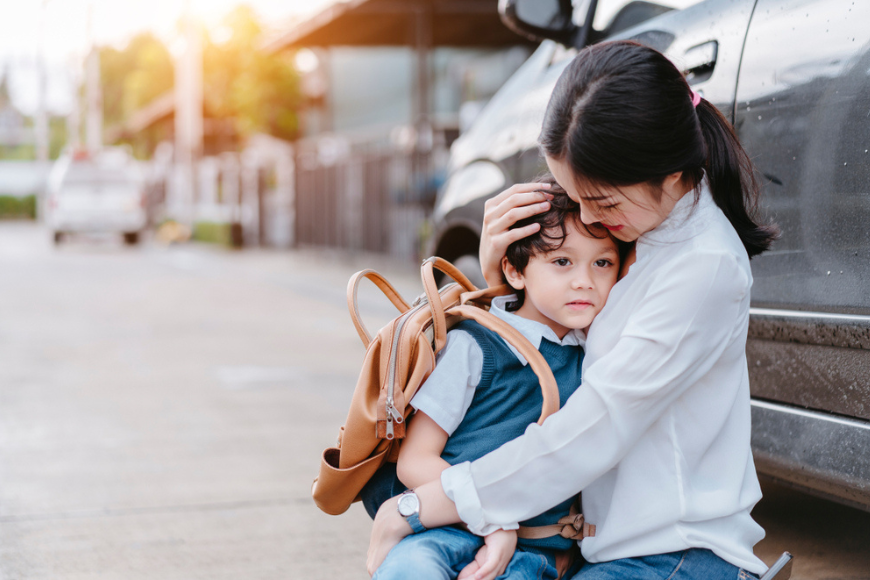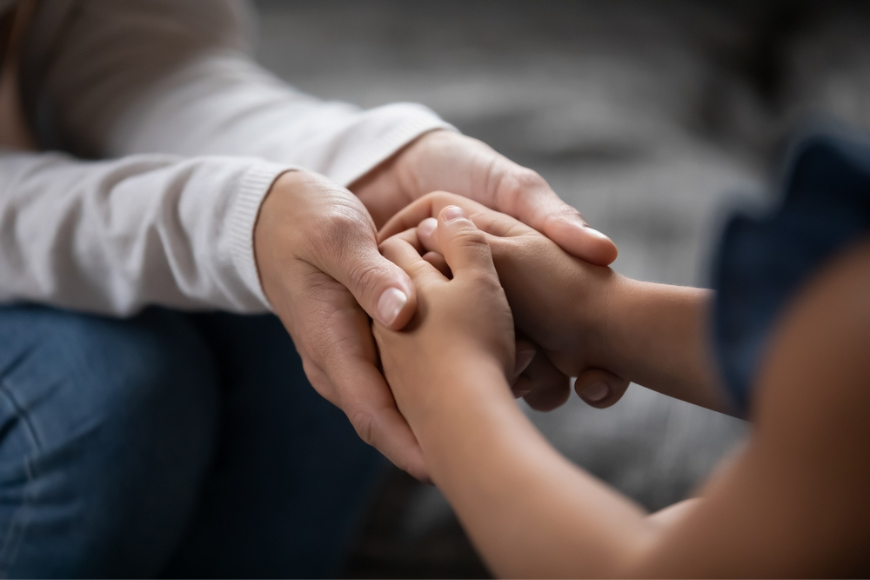Education Systems can vary all around the world so we have put together an overview so you know what to expect in Oman.
17 July 2013
| Last updated on 3 January 2018
Education and training in the Sultanate of Oman have developed at a staggering pace since the accession of Sultan Qaboos bin Said in 1970. At that time there were only three basic schools in the entire country, with a total of 909 pupils and not more than thirty teachers. There are now over 1000 schools in Oman, 90% of them government-run (the remainder being private) providing education at primary, preparatory and secondary levels.
Stages of Education
At present there are three stages of juvenile education: primary, preparatory and secondary. Primary school education usually begins at the age of six. Having passed the sixth primary grade examination between the ages of twelve and fourteen the pupil moves on to preparatory education. Students passing the general preparatory certificate examination are then admitted to the first grade of secondary school between the ages of fifteen and seventeen. On completion of their secondary education successful students can go on to advanced training at specialist colleges or enter Sultan Qaboos University.
Teaching Staff
Over the past few years with the introduction of teacher training, the government has opened 6 training institutes. Currently around 9,000 students are studying at the six colleges. Oman proudly presents good quality, qualified teachers into its schools and there are almost 30,000 teachers employed in government-run schools. The Ministry is making strenuous and concerted efforts to replace expatriates at all levels with trained Omani teachers. At primary school level, nearly all the teaching staff are Omanis.
Private Schools
The Government has encouraged the growth of private schools in the Sultanate and welcomes the contribution made by the private sector to the education system. In the year 2000 there were 132 private schools and kindergartens in the Sultanate providing pre-school, primary, preparatory and secondary education. Private school owners must be of Omani nationality and have at least a secondary school certificate. Private schools follow the same curriculum as Government schools and hold the same examinations.
Private Colleges
The Ministry encourages the private sector to establish colleges and institutes of higher education. There are 14 privately owned Colleges of Higher Education which operate under license from the Ministry of Higher Education and are at different stages of development. Three of these are designated University Colleges: Caledonian College of Engineering, Majan College and Sur University College. All 14 are affiliated to Universities in the UK, USA, Australia or India. A considerable number of Omanis go abroad for their post-secondary education.
There are at least 20 Further Education colleges and institutes in the Sultanate. The majority of subjects are taught in the English language hence there is a growing demand for English language courses. Oman has a very strong Omanisation policy and the government is aiming for 100% Omanisation of the teaching force. These colleges offer post-secondary education in business administration, economics, commerce and computer sciences. The diplomas awarded at the end of one to three year courses qualify the students to enter overseas universities.
The first women's college in Oman, the Mazoon College for Management and Applied Sciences, opened during 1999. This was followed by Al-Zahra College for Girls.
Adult Education
Adult education operates in parallel with the regular education system allowing advanced courses and examinations to be taken. Great importance is attached to allowing those who, for one reason or another, have been unable to complete their education to continue with their studies.
The role of the Ministry of Higher Education
The Ministry of Higher Education supervises all other higher education institutions and is responsible for overseas students, for formulating higher education policies and administering the Law on Grants & Scholarships.
It is also hoped to raise the level of intermediate Teachers' Colleges to the standards of the College of Education in order to ease the pressure on Sultan Qaboos University. There are six teacher training colleges in Oman, four of which are for men at Nizwa, Sur, Sohar and Salalah and two for women at Rustaq and Ibri.
Teaching of English
The teaching of English has assumed increasing importance in recent years. Children start to learn English as a first second language from entrance level in many schools, however, government-run schools start at around 7 years. Acquiring a good level of the English language is necessary particularly in higher education colleges where science-based courses are conducted in that language.
Sultan Qaboos University (SQU)
The Sultan Qaboos University, which is situated at Al Khoudh, some 50 kms west of Muscat, opened in 1986. There are currently some 12,000 students at the University. The university has faculties for Medicine, Engineering, Science, Agriculture, Arts, Commerce and Economics, and Islamic Sciences. The Government also funds a limited number of places at overseas universities and has licensed US and UK universities to set up programmes in Oman.


















































_2.jpg?itok=XEABuHuU)
















































_2.jpg?itok=j80YWwf-)


















